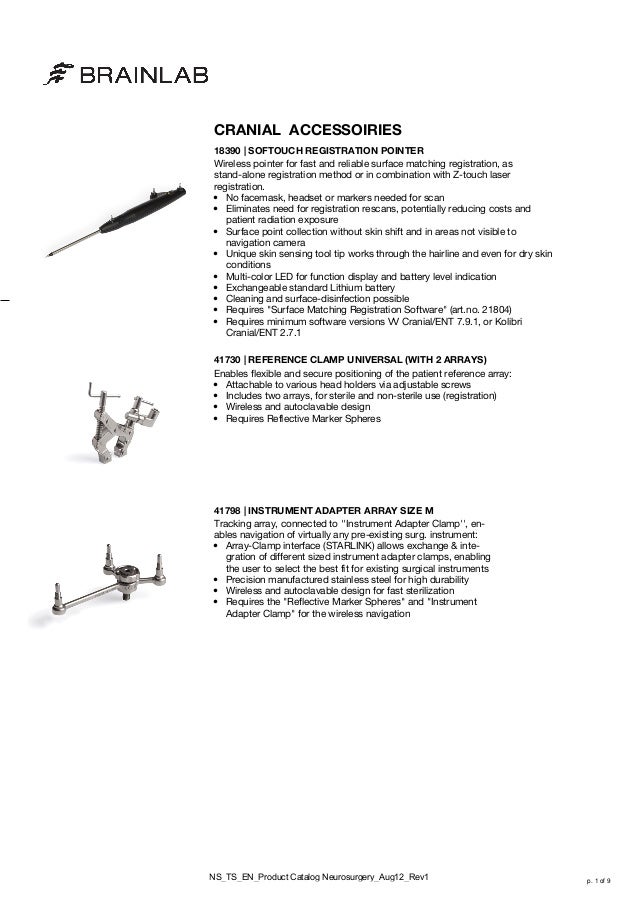

Methods for frameless stereotactic neuronavigation include encoder articulated arms, ultrasonic digitizers, robots, and infrared active or passive flash/camera systems. Preoperative image-based systems have the advantage of relative simplicity, reasonable cost, and the potential for hassle-free handling. Issues of safety resulting from prolonged exposure of medical personnel to radiofrequency energy are still being debated. Currently, these systems have disadvantages that compromise their widespread application: they are costly, require special sets of nonferromagnetic surgical instruments, and severely restrict the space available for optimal patient positioning and the neurosurgeon’s freedom to maneuver. Developments in this direction are mostly based on open MRI technology. Real-time imaging is obviously the ideal approach to navigation, as it can correct for perioperative changes in the relative position and bulk of any pathology originated by the surgical procedure itself. There are two major paradigms for image-assisted neurosurgery: (1) real-time imaging, and (2) preoperative imaging. This limited the appeal of the newer computerized stereotactic systems, leading to the development of new approaches to neuronavigation. Any frame reduces the working space available to the surgeon, particularly when the trajectory involves the lateral or posterior aspect of the skull. During the 1980s and early 1990s, several makers of stereotactic equipment developed computerized packages for volumetric stereotaxis in conjunction with ste-reotactic frames.

Computer reconstruction of images in different planes and three-dimensional rendering gave the neurosurgeon a display of anatomy that helps in the planning of surgical trajectories to deep-seated lesions and with the ability to "see” around the pathology to be treated. This later development was crucial to intraoper-ative navigation. Advances in intracranial imaging and computer science enabled the evolution of stereotaxis, from a method that allowed the precise localization of a point in space in the human brain, to the capability of defining the whole contents of the head in a three-dimensional matrix. Stereotaxis, first introduced by Horsley and Clarke in 1908, represented the first big leap into deep brain localization. It is still being used today as a crude but useful means to correlate the position of superficial brain anatomy with readily identifiable cranial hallmarks. Craniometry, developed by neuroanatomists in the 19th century, was the first practical method of surgical navigation. The need to precisely localize targets within the brain and to refer them to important anatomical structures has occupied neurosurgeons since the early years of intracranial surgery.


 0 kommentar(er)
0 kommentar(er)
